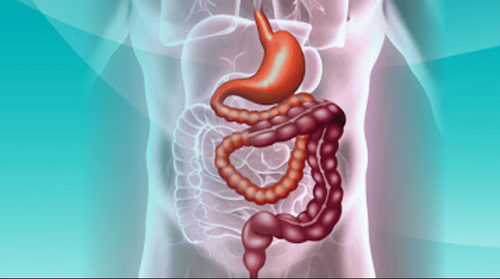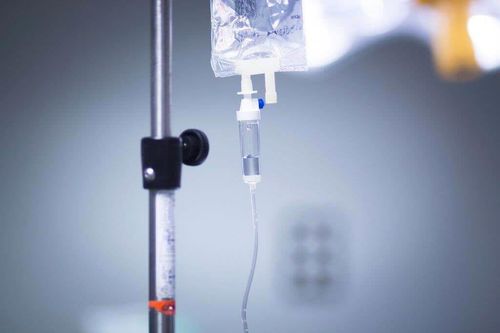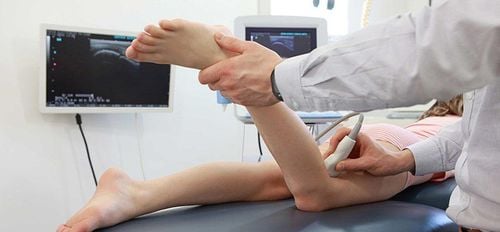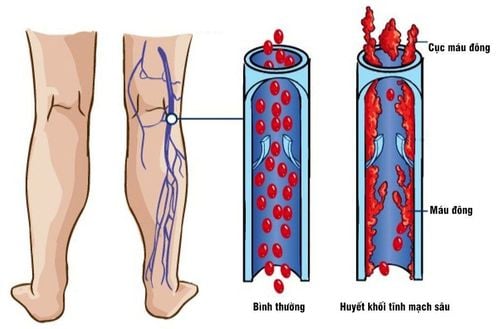This is an automatically translated article.
The article is professionally consulted by Master, Doctor Le Xuan Thiep - Department of Diagnostic Imaging - Vinmec Ha Long International Hospital
In the field of fluid resuscitation, fluid resuscitation is extremely necessary to save the life of patients in cases of severe shock, so inferior vena cava ultrasound is considered as a diagnostic tool and is aimed at causes of shock quickly, conveniently, easily and safely for the patient.
1. Inferior vena cava
The inferior vena cava is a structure closely related to the body's circulatory system, serving as a conduit for blood in the body to the right atrium for vital activities in the body. The location of the inferior vena cava is posterior to the peritoneum and to the right of the aorta. The mean diameter of the inferior vena cava is approximately less than 2.5 cm.Depending on each different respiratory cycle in the body, the activity of the inferior vena cava will also change. Specifically, if the body is in a physiological state of spontaneous breathing, the inferior vena cava will tend to dilate for exhalation and constrict for inspiration. In case the patient has any medical condition in the body and requires ventilatory support, the inferior vena cava usually dilates during inspiration and constricts during expiration. In fluid resuscitation, it is important to examine the features of the inferior vena cava to assess the patient's fluid response.
2. Translation resuscitation
During fluid resuscitation, the patient improves and responds well to fluids, which means that myocardial stroke volume will also increase during the infusion. However, for each different patient, the response to fluids will also be different, there are cases of shock and the body does not have any response to the rehydration process, causing some dangerous health conditions. Risks such as acute pulmonary edema, hypoxia... Cases of fluid resuscitation that overload the body's fluid volume also pose a great risk to patients. Therefore, in order to assess the patient's condition as well as have the most appropriate fluid resuscitation regimens for the patient, it is necessary to take some measures to predict the patient's fluid response, thereby making recommendations. obtain the most appropriate rehydration possible. One of the most effective and non-invasive methods for the patient's body is the ultrasound monitoring of the patient's hemodynamics, and the inferior vena cava ultrasound provides the necessary parameters to Assess the patient's circulatory volume.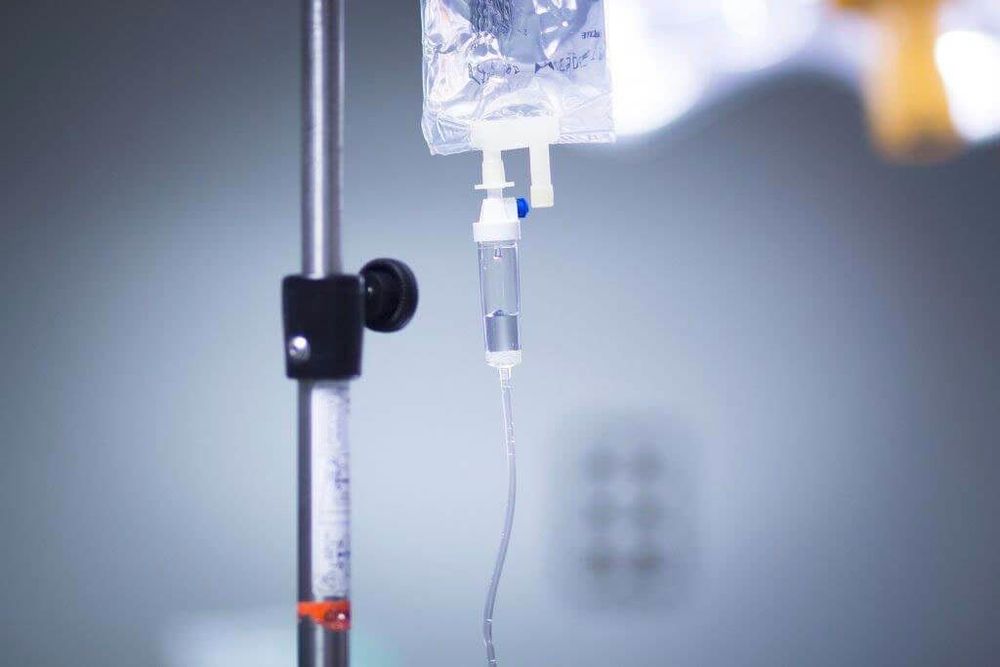
Với mỗi bệnh nhân khác nhau thì sự đáp ứng với truyền dịch cũng sẽ khác nhau
3. Ultrasound of inferior vena cava
Ultrasound of the inferior vena cava in fluid resuscitation plays an essential role in predicting fluid response problems in patients, in which the evaluation of inferior vena cava diameter by ultrasound is the most important and the most reliable to diagnose the problem. Doctors can come up with an effective infusion regimen.Diameter of inferior vena cava is measured through ultrasound, at a position of about 2cm - 3cm from the edge of the atria for the longitudinal section in a patient's breathing cycle, measuring the diameter at both inspiration is called IVCI and exhalation is IVCe. Inferior vena cava maximal diameter is highly predictive of the effectiveness of fluid resuscitation because it corresponds to and is related to many individual patient health factors, e.g. athletes. then this index will be larger than normal. The results of inferior vena cava ultrasound also differ in spontaneously breathing and mechanically assisted patients. With spontaneous breathing, the diameter of the inferior vena cava changes during expiration and inspiration, indicating the pressure status of the right atrium at this time. In the case of mechanically ventilated patients, the diameter of the inferior vena cava will also change, related to the fluid response.
Besides, a few other inferior vena cava ultrasound parameters are also very important and useful for fluid resuscitation, such as inferior vena cava shape, inferior vena cava index, also known as the inferior vena cava index. inferior vena cava dilatation.
For inferior vena cava dilatation index is measured by:
To be able to measure this index, the patient needs to be supine, using ultrasound using the transverse subrib with 4 copper chambers The ultrasonic transducer is rotated by an angle of 90° counterclockwise. At this time, measure the diameter of the inferior vena cava about 2cm - 3cm from the right atrium during expiration and inspiration. Based on this measurement of inferior vena cava dilatation index, some circulatory conditions such as positive pressure ventilation or downstream obstruction can be detected if this index falls below normal values. normal treatment.
When evaluating a patient for shock, an ultrasound of the inferior vena cava should be performed with the aim of examining all three main issues including inferior vena cava diameter, inferior vena cava index, and vena cava shape. inferior vena cava to be able to assess the patient's condition and the patient's ability to respond to fluids in the most complete and general way. If only evaluating 1 of the 3 factors above, it will not be accurate and reliable enough to perform fluid resuscitation for the patient in the most effective way. After having these references, the formulation of a fluid resuscitation regimen and its application on the patient also needs to be closely monitored afterwards so that the regimen can be changed so that the ultimate goal is the patient's recovery. recover as quickly as possible.
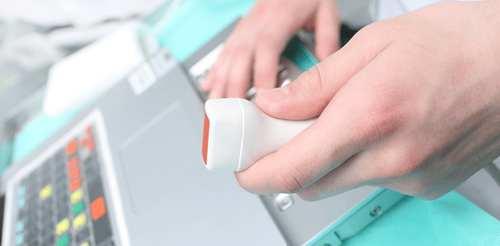
Siêu âm tĩnh mạch chủ dưới trong hồi sức dịch đóng vai trò thiết yếu để dự đoán vấn đề đáp ứng bù dịch trên bệnh nhân
4. Conclusion
Ultrasound of the inferior vena cava is a necessary operation in fluid resuscitation and fluid resuscitation for patients in shock, especially those being treated in the intensive care unit at medical facilities. medical. Therefore, these important parameters in this ultrasound method need to be properly and fully evaluated to make the necessary judgments for the resuscitation of these patients.Vinmec International General Hospital is one of the hospitals that not only ensures professional quality with a team of leading medical doctors, modern equipment and technology, but also stands out for its examination and consultation services. comprehensive and professional medical consultation and treatment; civilized, polite, safe and sterile medical examination and treatment space. Customers when choosing to perform tests here can be completely assured of the accuracy of test results.
If there is a need for consultation and examination with experienced pediatricians at Vinmec. Please make an appointment at the website to be served.
Please dial HOTLINE for more information or register for an appointment HERE. Download MyVinmec app to make appointments faster and to manage your bookings easily.




